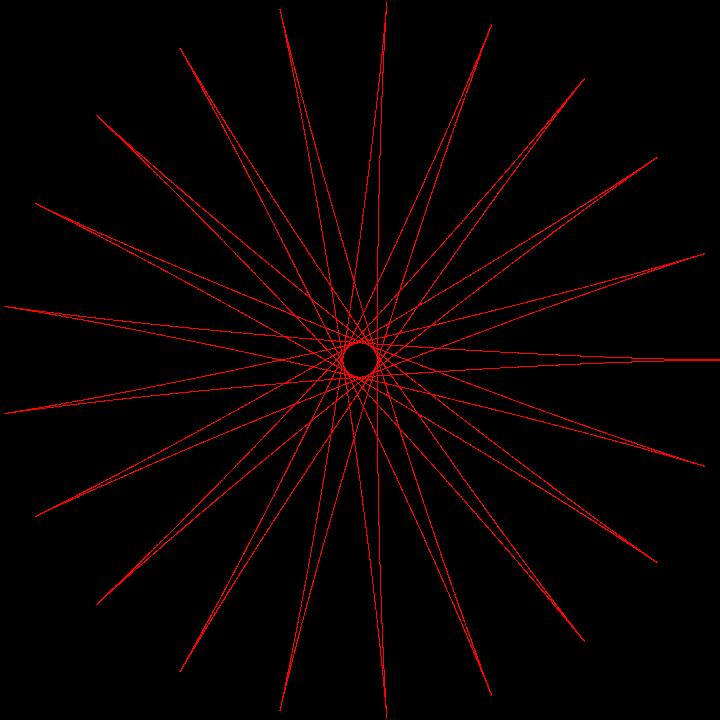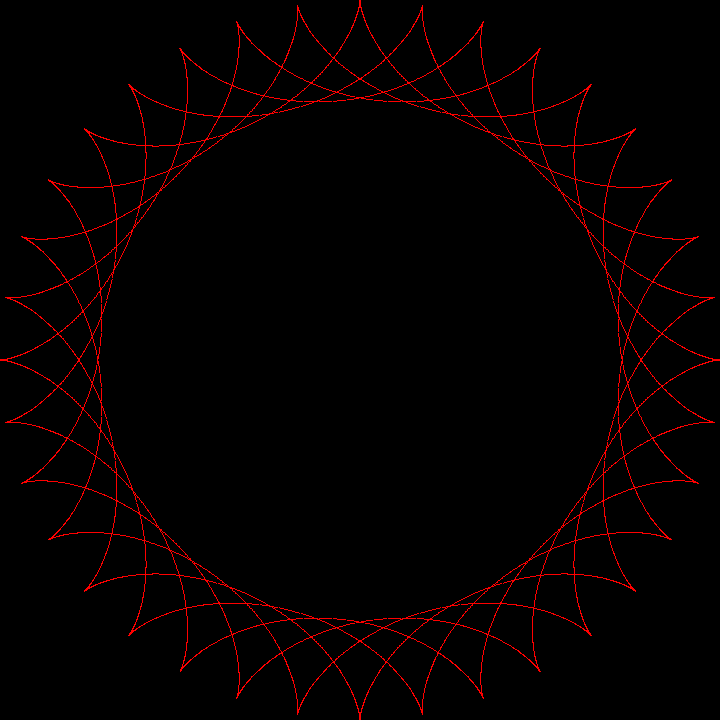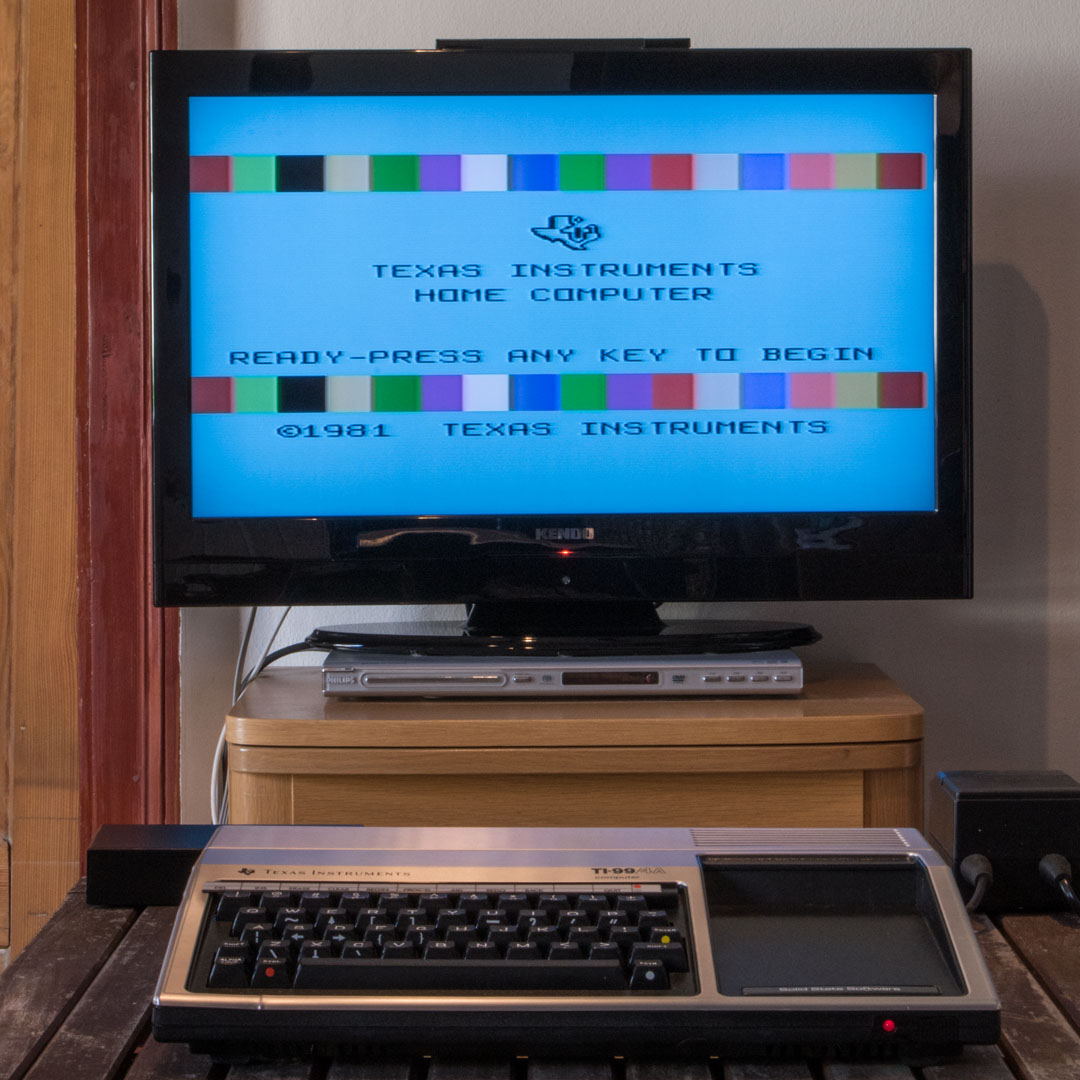2016-06-25, post № 130
games, programming, Pygame, Python, #color, #color memory, #memeory, #memory game, #remember, #sequence, #Simon, #Simon Says
This game is a recreation of the famous game Simon. In the game there are four colors which form a sequence that is expanding every cycle. The aim of the game is to memorize said sequence as far as possible.For more information on the Simon game visit this Wikipedia entry.
Controls
- Click on the colored buttons to press them.
2016-06-18, post № 129
programming, Python, #number words, #numbers, #numbers to words, #numeral, #words
This program takes a number and calculate it’s linguistic numeral.The number 𝟥 returns the numeral ‘three’, 𝟧𝟪 returns ‘fifty-eight’ and 𝟥𝟣𝟦𝟣𝟧.𝟫𝟤𝟨𝟧𝟥𝟧 returns ‘thirty-one thousand four hundred fifteen point nine two six five three five’.
2016-06-11, post № 128
art, haiku, poetry, #anim gif, #animated, #animated gif, #cliff, #fall, #foliage, #gif
A leaf on a tree
gets blown away by the wind
and falls down a cliff.
2016-06-04, post № 127
mathematics, programming, Pygame, Python, #circle, #circles, #curve, #cycloid, #epi, #epicycloid, #geometry, #hypo, #hypocycloid, #rolling, #trace
A cycloid is the curve generated by tracing a point on a smaller circle rolling around an bigger circle.
The word cycloid comes from the greek word “κύκλος” meaning “circle”. There are epicycloids and hypocycloids (smaller circle located above and beneath the bigger circle).
The cycloid is determined by the ratio between the two circle’s radii  .
.
More information can be found on this Wikipedia entry.
2016-05-28, post № 126
BASIC, mathematics, programming,
Using the same method used in my previous Sierpiński Triangle program, which is written in Python, I wrote a fractal generator for my graphing calculator TI-84 Plus in BASIC.
2016-05-21, post № 125
BASIC, mathematics, programming, #old hardware, #prime, #prime generation, #Texas Instruments, #TI
Being a fan of old hardware, I used the TI-99/4A (released in 1981) to calculate some primes.
The code is written in BASIC, the programming language found on most computers of this era.
Further information on the TI can be found in this Wikipedia article.
2016-05-16, post № 124
art, #anim, #anim gif, #animated, #animated gif, #church, #gif, #pixel, #pixel guy
Celebrating Pentecost.
2016-05-14, post № 123
BASIC, games, programming, TI-84 Plus, #four in a row, #four wins, #graphing calculators, #GTR, #Texas Instruments, #TI
Using the programming features given on Texas Instruments’ graphing calculator TI-84 Plus, I created this text-base connect four game.
The code is written in BASIC and can be seen below.
To transfer code to and from the graphing calculator, I used Texas Instruments’ TI Connect™ CE Software.
Controls
- Numbers
1 to 7 put your piece accordingly, - ‘clear’ pauses the game (for taking screenshots).
Posts:
290-283, 282-275, 274-267, 266-259, 258-251, 250-243, 242-235, 234-227, 226-219, 218-211, 210-203, 202-195, 194-187, 186-179, 178-171, 170-163, 162-155, 154-147, 146-139, 138-131, 130-123, 122-115, 114-107, 106-99, 98-91, 90-83, 82-75, 74-67, 66-59, 58-51, 50-43, 42-35, 34-27, 26-19, 18-11, 10-3, 2-1Jonathan Frech's blog; built 2024/08/31 22:59:44 CEST








